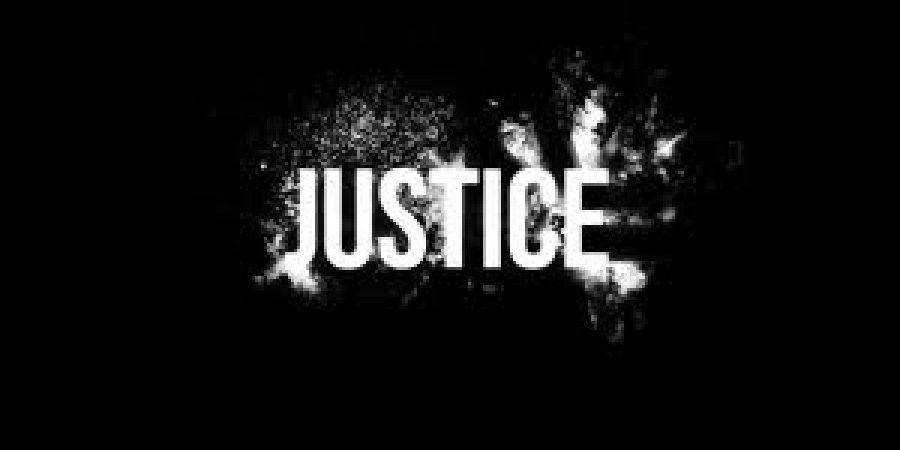“Joint enterprise is one of those legal concepts that demonstrates the tangled relationship between common sense and the law. The common sense part is undeniable and very important: it is possible to have a culpable share in a crime that someone else actually performs. It hardly matters who actually killed Stephen Lawrence when all his killers were eager and ready to do so. Although only one of them struck the first fatal blow, they were all quite rightly found guilty of murder. This part of the law still stands after the UK’s supreme court decided that the doctrine has been too broadly interpreted for the past 30 years.
The particular point at issue is a subtle one. If a group of criminals set out deliberately to commit one crime, all are guilty under the doctrine of joint enterprise. However, what happens if in the course of the first offence, another crime is committed by one of the gang? Do the others share his guilt? It was decided 30 years ago in a privy council case arising from a murder in Hong Kong that if they could reasonably foresee that the second crime was a probable result of their preparations and intent to commit the first, then they had in law foreseen both crimes and were therefore guilty. This is the fine point that the supreme court has now clarified. It is no longer to be taken as automatically true that if they could have foreseen a second crime arising as a result of their intent to commit or assist with the first one, they therefore intended both. Reasonable foresight, in this sense, is no longer proof of the defendant’s intention, but one indication which the jury must weigh up among others.
It is obviously right and just that the same standards should apply to an accomplice to the crime as to the criminal themselves and this is what the law has now been amended to do. The rule as it applied during the past 30 years was that the prosecution had to prove that the defendant did intend their actions, but for the accomplices it was enough to show that they should reasonably have foreseen the likely consequences. Intention was held to follow automatically from knowledge in a way not true of the principal defendant. The jury must now decide for all the accused.
The prisons will not suddenly burst open and pour out hundreds of hardened gangster killers as a result. The general principle still stands that those who encourage and assist a crime can be quite as guilty as those who perform it, even if they are not physically present. The principle still stands that if that crime carries a risk of harm that any reasonable person would recognise, and that harm results in death, the result is manslaughter at least and may still be murder. Manslaughter can carry a sentence of life imprisonment quite as much as murder can. Nor does it follow that any conviction under the flawed rules is itself flawed. Although 600 people may have been convicted under the old interpretation (no figures are kept, which is in itself worrying), the new interpretation might have led to the same results in the vast majority of cases.
In fact this judgment shows judge-made law working as it is supposed to do. Judges are refining incrementally the decisions of earlier courts, in this instance on a point almost too slight to be visible to the naked eye. Nonetheless, the point is one that has considerable political and social importance. The laws on joint enterprise are used against gang members, and in parts of the US quite deliberately so. Someone who is riding in a car from which another member of the party shoots someone may be found guilty of murder. This is justified on grounds of public policy: society wants to discourage young men from going along for those rides. But in this instance, public policy clashes with strict justice and it may indeed defeat itself in the long run if such laws breed a conviction that the system is biased against young black men. As the House of Commons justice select committee reported in 2014: “There may be negative effects from the operation of the doctrine, for the reputation of the justice system and for wider society.”
In the end, justice depends not only on the kind of scrupulous forensic reasoning displayed by the supreme court but just as much on the informed common sense of a jury. Gang violence threatens the communities from which gangs are drawn far more than it threatens anyone else. For the legal system to work effectively it is necessary that the law be fair, and be seen to be fair. The supreme court has taken a great step in that direction.”
Source – The Guardian, 18th February 2016
https://www.supremecourt.uk/cases/docs/uksc-2015-0015-judgment.pdf
https://www.supremecourt.uk/cases/docs/uksc-2015-0015-press-summary.pdf






